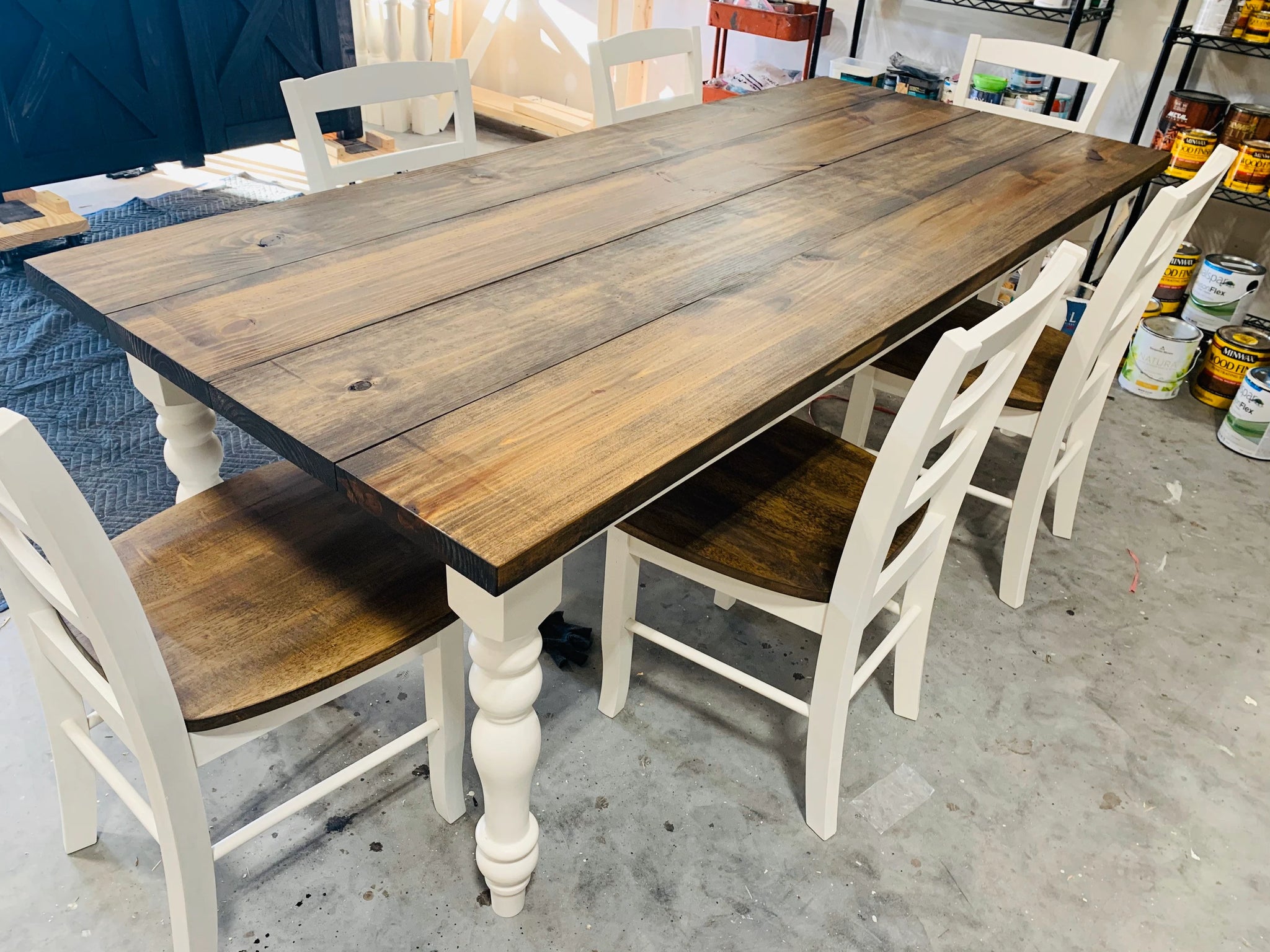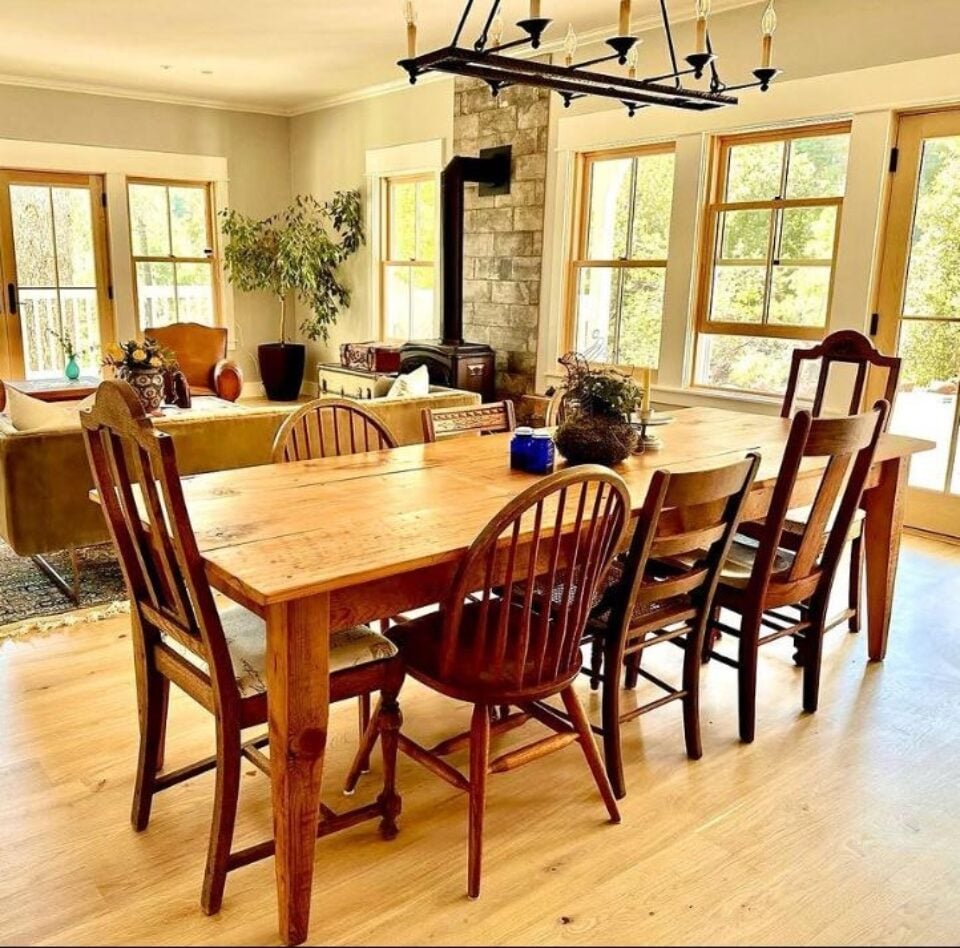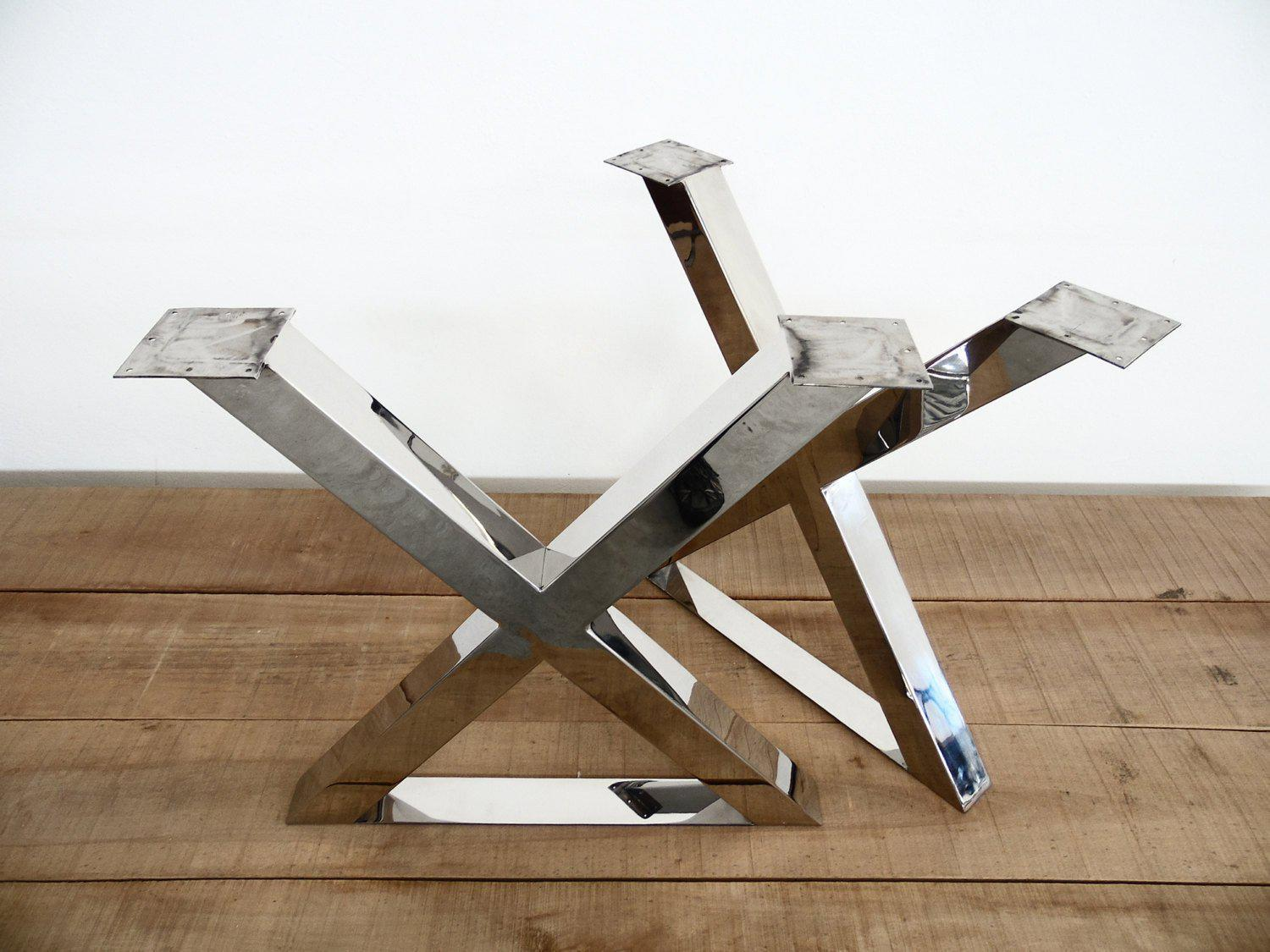Upgrade Your Table's Look with Ornamental Dining Table Legs Wood Styles
Checking Out the Various Kinds of Eating Table Legs Wood for Your Eating Area
The selection of dining table legs wood can exceptionally influence both the useful and visual qualities of your dining area. Strong timber alternatives, such as oak and walnut, offer a traditional appearance with unmatched toughness, while crafted wood alternatives provide cutting-edge designs that imitate the richness of all-natural grains.
Strong Timber Options

Unlike crafted materials, solid timber is less susceptible to bending and damage over time when effectively maintained. Each item of solid timber is special, showcasing individual characteristics that add to the beauty and character of the dining table.
Additionally, solid wood can be ended up in various methods, varying from all-natural oils to discolored coatings, allowing house owners to customize their furniture to match their decor. In recap, picking strong wood for eating table legs not only ensures structural stability but likewise improves the visual charm of the eating area, making it a beneficial financial investment for any home.
Engineered Timber Alternatives

Plywood, created from several layers of wood veneer, is secure and especially solid, making it an outstanding choice for dining table legs. Its split make-up enables it to hold up against modifications in humidity and temperature level much better than standard solid wood. MDF, on the various other hand, offers a smooth surface for painting or veneering, allowing developers to achieve a polished look while maintaining structural integrity.
When selecting engineered wood alternatives, it is vital to consider the desired usage and wanted visual. These materials not only improve the capability of eating areas yet additionally enable for higher style versatility, ensuring that typical and modern styles can coexist harmoniously.
Reclaimed Wood Features
Recovered wood provides an unique mix of sustainability and character, making it a significantly popular choice for dining table legs. Sourced from old barns, manufacturing facilities, and various other frameworks, redeemed wood symbolizes a history that new materials just can not duplicate. Each item carries its own story, marked by unique blemishes, knots, and varying grain patterns, which add to a table's special visual appeal.
In enhancement to its aesthetic appeal, recovered timber is an eco-friendly option. By repurposing previously made use of materials, it minimizes the demand for new lumber, therefore aiding to preserve woodlands and decrease waste. This straightens with an expanding consumer choice for sustainable practices in decor.
Furthermore, recovered timber is commonly more sturdy than newly gathered wood because of its age. The all-natural drying out procedure that redeemed timber undertakes lead to a denser and more powerful material, making it much less susceptible to bending and splitting. This enhances the durability of eating tables, enabling them to hold up against the rigors of daily use.
Softwood vs. Wood
When choosing eating table legs, comprehending the differences in between softwood and hardwood is important for achieving both practical and visual goals. They typically display a more rustic appearance, making them suitable for casual or country-style eating rooms.
On the various other hand, hardwoods, sourced from deciduous trees like oak, maple, and cherry, are renowned for their thickness, strength, and longevity. The detailed grain patterns and abundant tones of hardwoods provide a sophisticated and ageless allure, making them optimal for formal eating settings. While woods tend to be extra expensive and much heavier, their resilience versus deterioration usually validates the investment.
Eventually, the choice between softwood and wood for eating table legs must align with your design vision, use demands, and spending plan, ensuring that your eating space mirrors your individual style while remaining useful over time.

Therapies and surfaces
The visual appeal and long life of table legs can be considerably improved through numerous surfaces and treatments. These processes not only protect the wood from damage however additionally raise its look, enabling it to match varied interior styles.
One common treatment is discoloring, which permeates the timber and boosts its natural grain while adding shade. Spots supply an abundant, classy look, making it possible for house owners to match their furnishings with existing style. Alternatively, clear finishes such as polyurethane or varnish produce a safety layer without changing the wood's initial color, making sure toughness versus deterioration.
Additionally, all-natural oils, like tung or linseed oil, nourish the timber and use a subtle luster, all while being green. These oils enable the surface to take a breath, avoiding moisture accumulation and potential bending.
For those seeking a rustic charm, weathered these details or distressed surfaces can be related to produce an aged appearance, adding personality to the piece. Eventually, the choice of therapies and finishes depends upon personal preference, wanted appearances, and the certain wood kind, making it vital to take into consideration these aspects when selecting dining table legs for your room.
Conclusion
In verdict, the selection of table leg products considerably affects both the practical and visual aspects of a dining area. Strong woods, engineered options, and redeemed options each offer distinctive benefits, satisfying various choices and demands. Understanding the differences between softwoods and woods, along with suitable surfaces and therapies, permits informed decision-making. Eventually, the choice of timber type need to line up with desired design, durability, and ecological considerations, enhancing the overall dining experience.
The selection of eating table legs timber can greatly influence both the useful and visual high qualities of your dining space - Dining Table Legs Wood. Strong timber choices, such navigate to this website as oak and walnut, supply a traditional look with unequaled sturdiness, while engineered wood alternatives supply cutting-edge designs that imitate the richness of natural grains. Strong wood offers a timeless quality that can elevate the overall design of an eating space. Each piece of strong wood is one-of-a-kind, showcasing private characteristics that add to the charm and character of the visit eating table
Moreover, redeemed timber is commonly much more durable than freshly gathered timber due to its age.